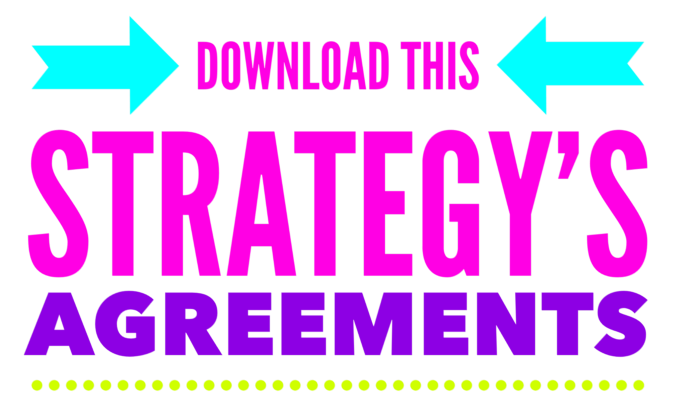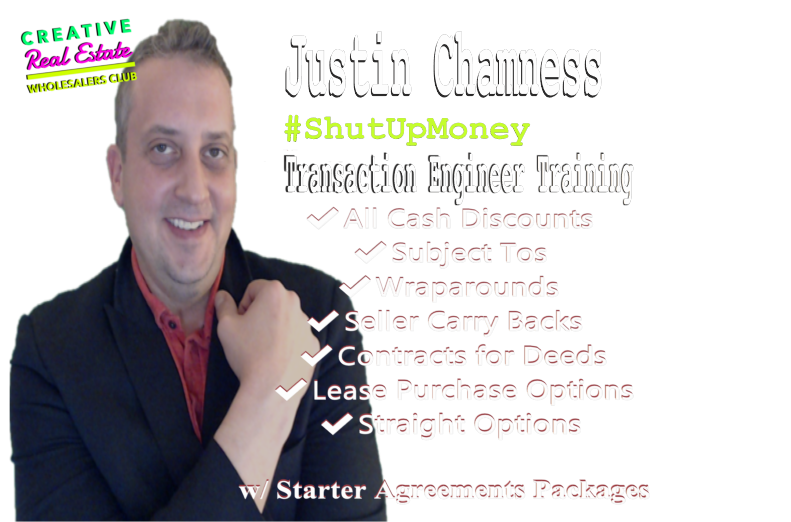Sub2.0 + Seller-Carry-Back Hybrid
Buying a property "subject to" along with a "seller carry back" arrangement involves two distinct components in a real estate transaction:
Buying Subject To: When a buyer purchases a property "subject to" an existing mortgage, they are acquiring the property while leaving the seller's original mortgage in place. The buyer takes ownership and responsibility for the property, including property taxes, maintenance, and any future appreciation, but the seller's mortgage remains in their name. The buyer makes payments directly to the seller, who, in turn, continues to make payments on the existing mortgage. This method allows the buyer to acquire the property without securing a new mortgage but carries risks and requires a thorough understanding of the existing loan terms.
Seller Carry Back: A "seller carry back" or "seller financing" arrangement involves the seller acting as the lender for a portion of the purchase price. In this scenario, the buyer provides a down payment and secures a promissory note with the seller, agreeing to make regular payments to the seller over time. The seller essentially becomes a lender and holds a mortgage or trust deed on the property for the amount they are financing.
When these two methods are combined, the buyer purchases the property "subject to" the seller's existing mortgage and also enters into a "seller carry back" arrangement with the seller for a portion of the purchase price. This can provide flexibility for both the buyer and seller in structuring the deal.
If the home owner owns the property 'free and clear' then seller carry back works great as a stand-alone strategy choice (without subject to).
Here's an example of a Stand Alone SELLER CARRY BACK (without subject to) [This happens on FREE & CLEAR Properties where the Homeowner has no Mortgages]:
Property Details:
Purchase price of the home: $300,000
Seller's equity in the property: $300,000 (property owned free and clear)
Buyer's down payment: $20,000
Seller Carry Back:
The buyer pays a down payment of $20,000 to the seller in cash.
The remaining purchase price of $280,000 is financed through a seller carry back arrangement.
The buyer and seller agree on the terms of the financing, including the interest rate, monthly payments, and duration of the loan.
Closing and Transfer of Ownership:
The buyer and seller meet at a closing agent's office or a title company to complete the transaction.
The seller transfers the property's title to the buyer.
The buyer provides the down payment to the seller.
The closing agent records the necessary documents with the county to update the ownership records.
Ongoing Obligations:
The buyer assumes responsibility for making monthly payments to the seller, as agreed upon in the seller carry back financing terms.
The seller holds a lien on the property until the buyer fulfills their obligations, including the repayment of the seller carry back loan.
Special Note about Subject To + Seller Carry Backs:
This 'seller carry back' may be used to cover the homeowner's equity in a subject to transaction. I am calling that the Subject to + Seller Carry Back Hybrid.
Here's an example of a Subject To & and Seller Carry Back Combined Together to Create One Strategy:
Property Details:
Purchase price of the home: $300,000
Seller's outstanding mortgage balance: $200,000
Seller's equity in the property: $100,000
Buyer's down payment: $20,000
"Subject to" Transaction:
The buyer creates an entity (such as an LLC) to hold the property and takes over the existing mortgage.
The buyer assumes the seller's mortgage payments and becomes responsible for paying them directly to the lender.
The seller's mortgage remains in the seller's name, but the buyer takes control of the property.
Seller Carry Back:
To cover the seller's equity of $100,000, the buyer and seller agree to a seller carry back arrangement.
The buyer pays the seller a down payment of $20,000 in cash.
The remaining equity of $80,000 is structured as a promissory note from the buyer to the seller.
The promissory note specifies the repayment terms, including the interest rate, monthly payments, and duration of the loan.
Closing and Transfer of Ownership:
The buyer and seller meet at a closing agent's office or a title company to complete the transaction.
The seller transfers the property's title to the buyer, subject to the existing mortgage.
The buyer provides the down payment to the seller and signs the promissory note for the remaining equity.
The closing agent records the necessary documents with the county to update the ownership records.
Ongoing Obligations:
The buyer continues making the mortgage payments directly to the lender.
The buyer also makes monthly payments to the seller according to the terms of the promissory note.
The seller retains a lien on the property until the buyer fulfills the obligations outlined in the promissory note.
😎 ASK THIS QUESTION TO SEE IF THIS STRATEGY "SUBJECT TO + SELLER CARRY BACK HYBRID" FITS THE HOMEOWNER LEAD YOU'RE TALKING TO:
"Mr. Home Owner, If I were to take the house off your hands, allowing you to walk away, would you allow me to continue to pay your mortgage payment, and also make a small payment to you every month for your equity - until you're paid off?"
😎 You'll Know This Strategy Fits If The Homeowner Says:
"I'm walking away from the house, but I have some equity, and I’m not in a rush to get all of it right now."
"I’m willing to carry a second mortgage for the right buyer that will take over the house immediately."
"I want to sell but would like to get some money over time instead of all at once."
"I want to avoid taxes on a big lump sum payout, so I’m open to creative options."
"I still need some cash upfront, but I don’t mind receiving payments on the rest. I just want out and my equity."
Best For:
Sellers with some equity who are open to carrying a portion of it as a second note.
Homeowners who don’t need all their equity upfront and prefer structured payments.
Sellers looking for tax deferral benefits or ongoing income over time.

Agreement for This Strategy:
Purchase and Sale Agreement
+ Financing Addendum
CLOSES AT TITLE ATTORNEY CO
because DEED TRANSFERS
Quiz/Test: Acquiring Properties with Subject-To + Seller Carry Back Hybrid Strategy
What is the primary benefit for a buyer in a "subject to" transaction?
a) Obtain the property without qualifying for a new loan.
b) Assume personal liability for the loan.
c) Transfer the mortgage to a different lender.
d) Pay off the seller's outstanding mortgage balance.
In a seller carry back arrangement, how is the remaining purchase price typically financed?
a) Through a promissory note from the buyer to the seller.
b) Through a conventional mortgage from a bank.
c) Through a personal loan from the seller's family member.
d) Through a credit card cash advance.
Where do the buyer and seller usually meet to complete a seller carry back transaction?
a) At a closing agent's office or a title company.
b) At the seller's property.
c) At the buyer's current residence.
d) At a local coffee shop.
What happens to the seller's mortgage in a subject to + seller carry back hybrid transaction?
a) It remains in the seller's name.
b) It is transferred to the buyer's name.
c) It is paid off by the buyer at closing.
d) It is discharged by the lender.
Who takes control of the property in a subject to + seller carry back hybrid transaction?
a) The buyer.
b) The seller.
c) The closing agent.
d) The lender.
What ongoing obligations does the buyer have in a seller carry back arrangement?
a) Making monthly payments to the seller and maintaining the property.
b) Making monthly payments to the seller and paying off the existing mortgage.
c) Making monthly payments to the lender and maintaining the property.
d) Making monthly payments to the lender and paying off the seller's mortgage.
What does it mean when a property is owned "free and clear"?
a) The property is free from any liens or mortgages.
b) The property is free from any maintenance obligations.
c) The property is free from any property taxes.
d) The property is free from any legal restrictions.
Which strategy works great as a stand-alone choice when the homeowner owns the property free and clear?
a) Seller carry back strategy.
b) Subject to with a seller carry back strategy.
c) Lease option strategy.
d) Wholesale strategy.
In a seller carry back transaction, who holds a lien on the property until the buyer fulfills their obligations?
a) The seller.
b) The lender.
c) The buyer.
d) The closing agent.
What is the purpose of a promissory note in a subject to + seller carry back hybrid transaction?
a) To outline the obligations of the buyer and seller.
b) To specify the terms of the existing mortgage.
c) To transfer ownership of the property to the buyer.
d) To record the necessary documents with the county.


